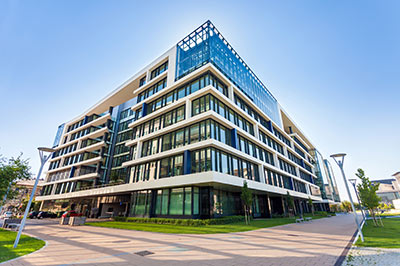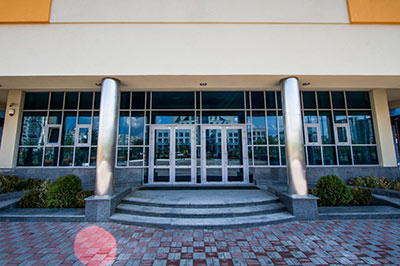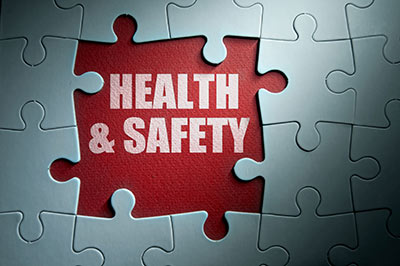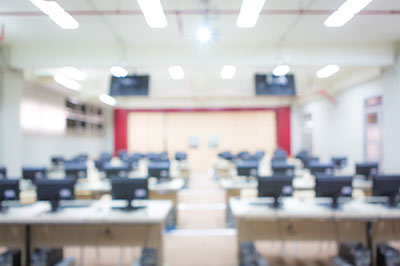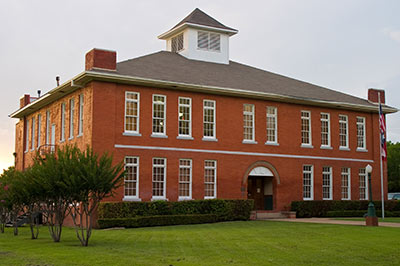Kanters, et al., 2014
BACKGROUND: Partnerships between school districts and community-based organizations to share school facilities during afterschool hours can be an effective strategy for increasing physical activity. However, the perceived cost of shared use has been noted as an important reason for restricting community access to schools. This study examined shared use of middle school facilities, the amount and type of afterschool physical activity programs provided at middle schools together with the costs of operating the facilities.
METHODS: Afterschool programs were assessed for frequency, duration, and type of structured physical activity programs provided and the number of boys and girls in each program. School operating costs were used to calculate a cost per student and cost per building square foot measure. Data were collected at all 30 middle schools in a large school district over 12 months in 2010-2011.
RESULTS: Policies that permitted more use of school facilities for community-sponsored programs increased participation in afterschool programs without a significant increase in operating expenses.
CONCLUSIONS: These results suggest partnerships between schools and other community agencies to share facilities and create new opportunities for afterschool physical activity programs are a promising health promotion strategy. Keywords: school facilities; afterschool physical activity; school facility costs.


